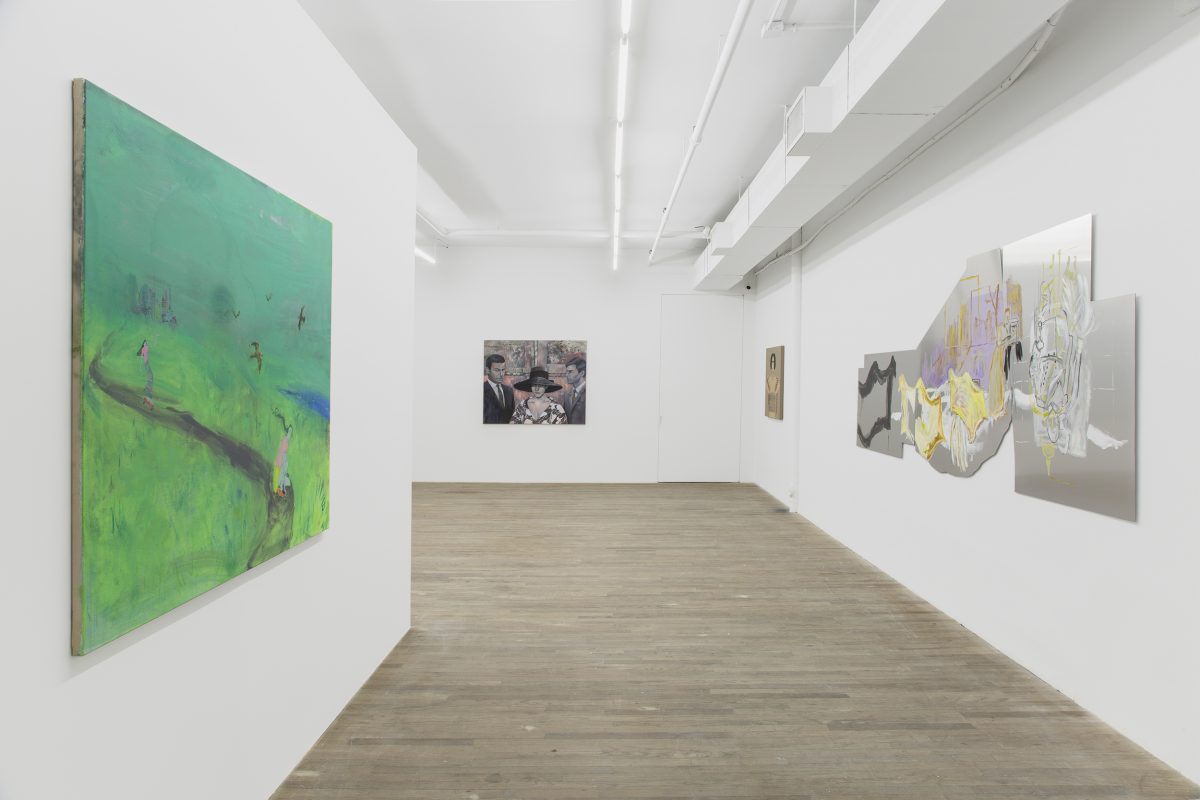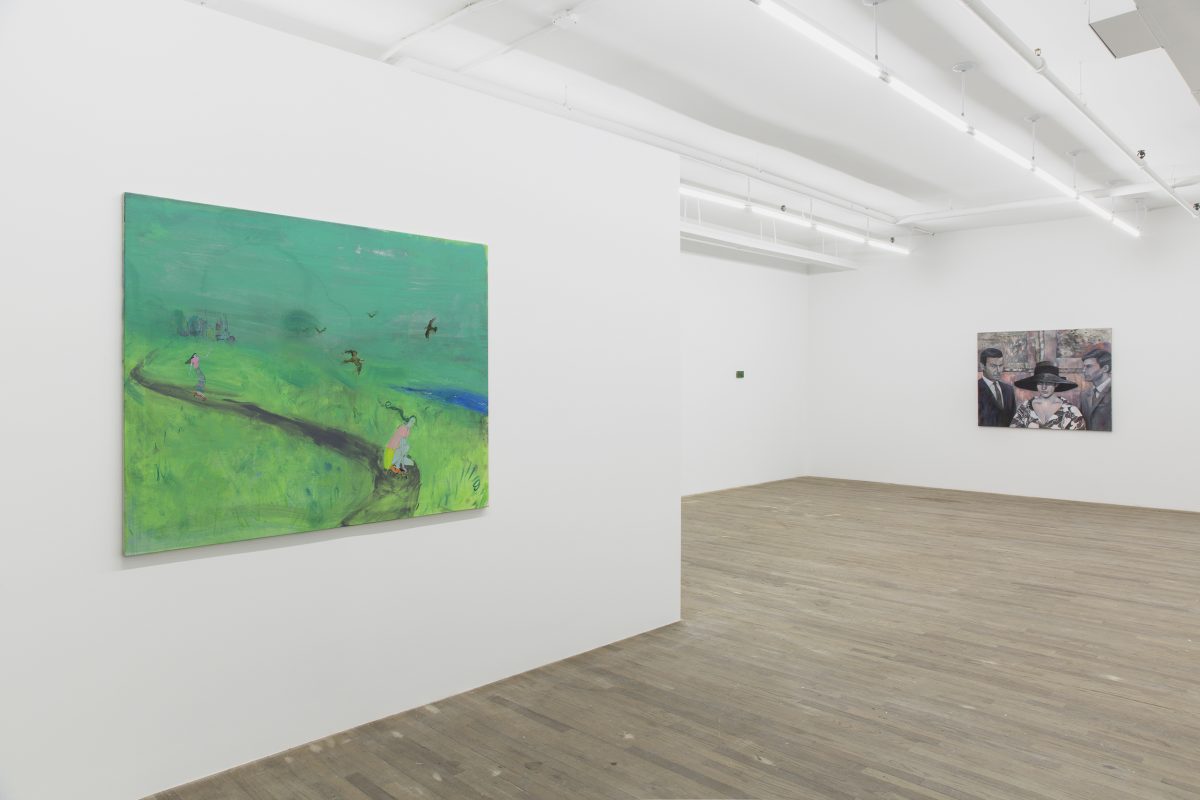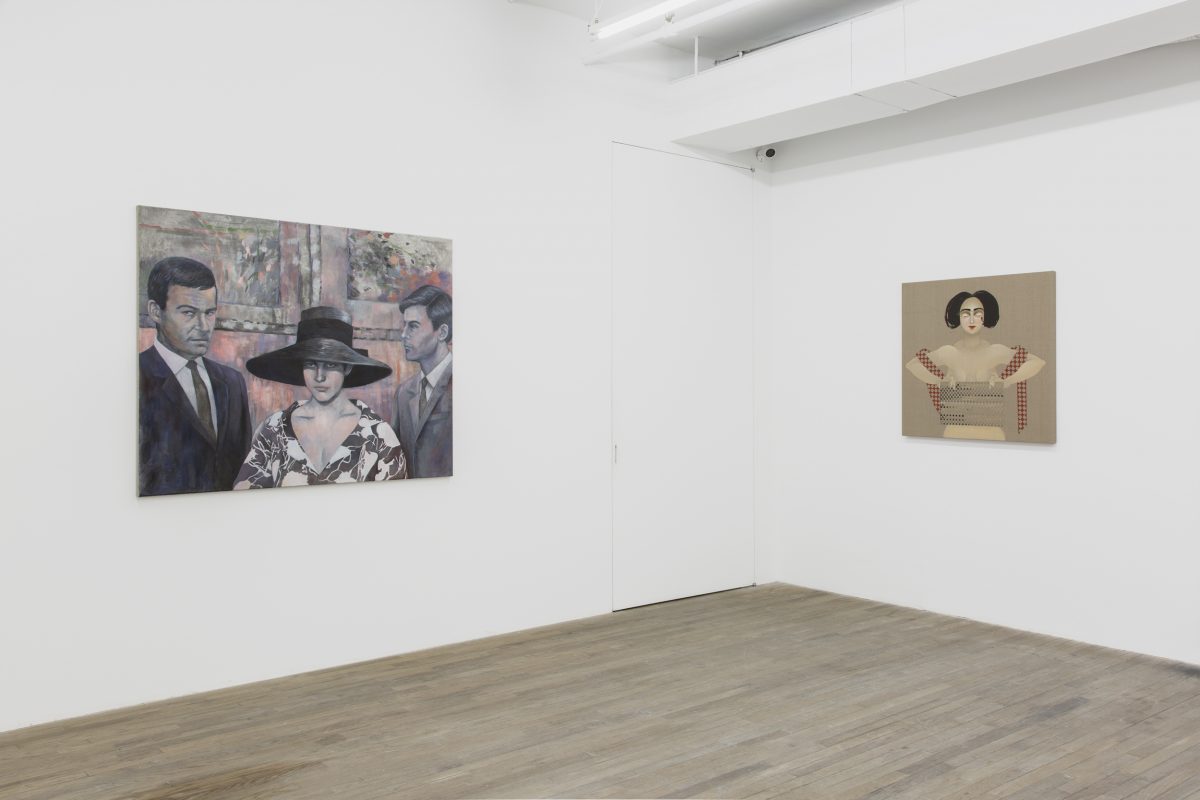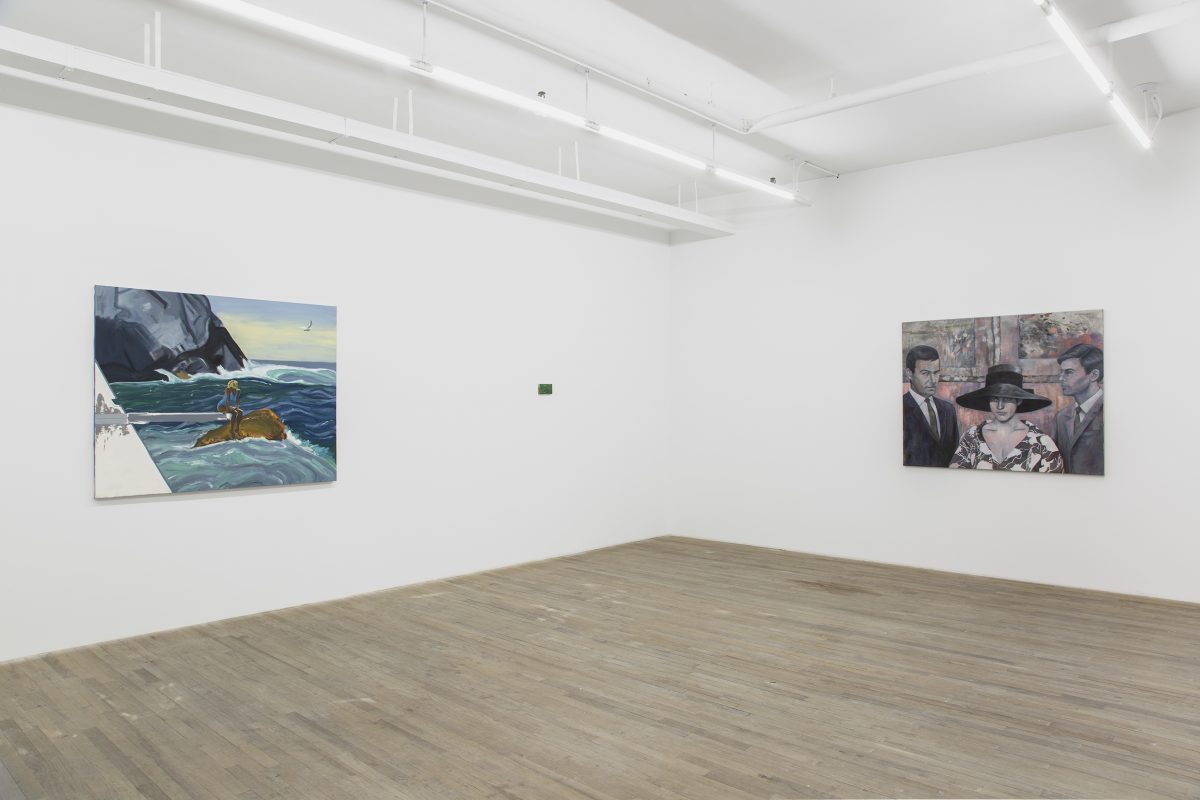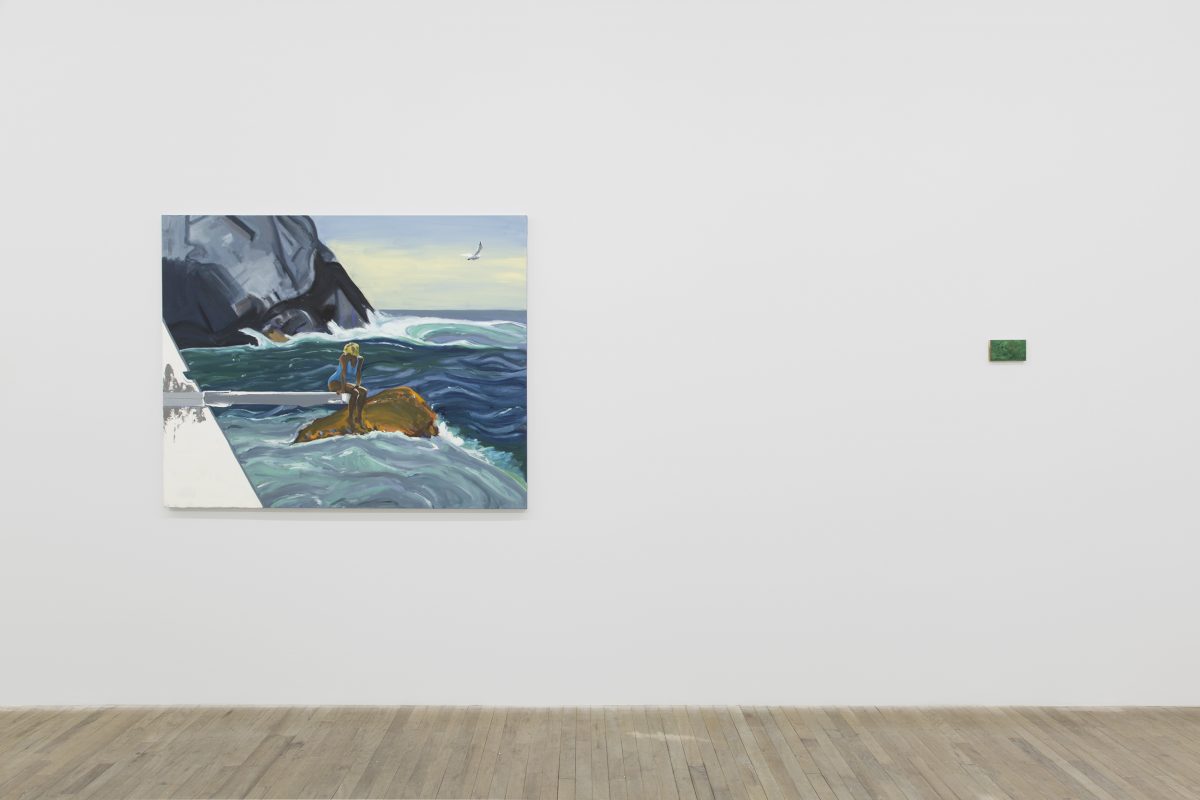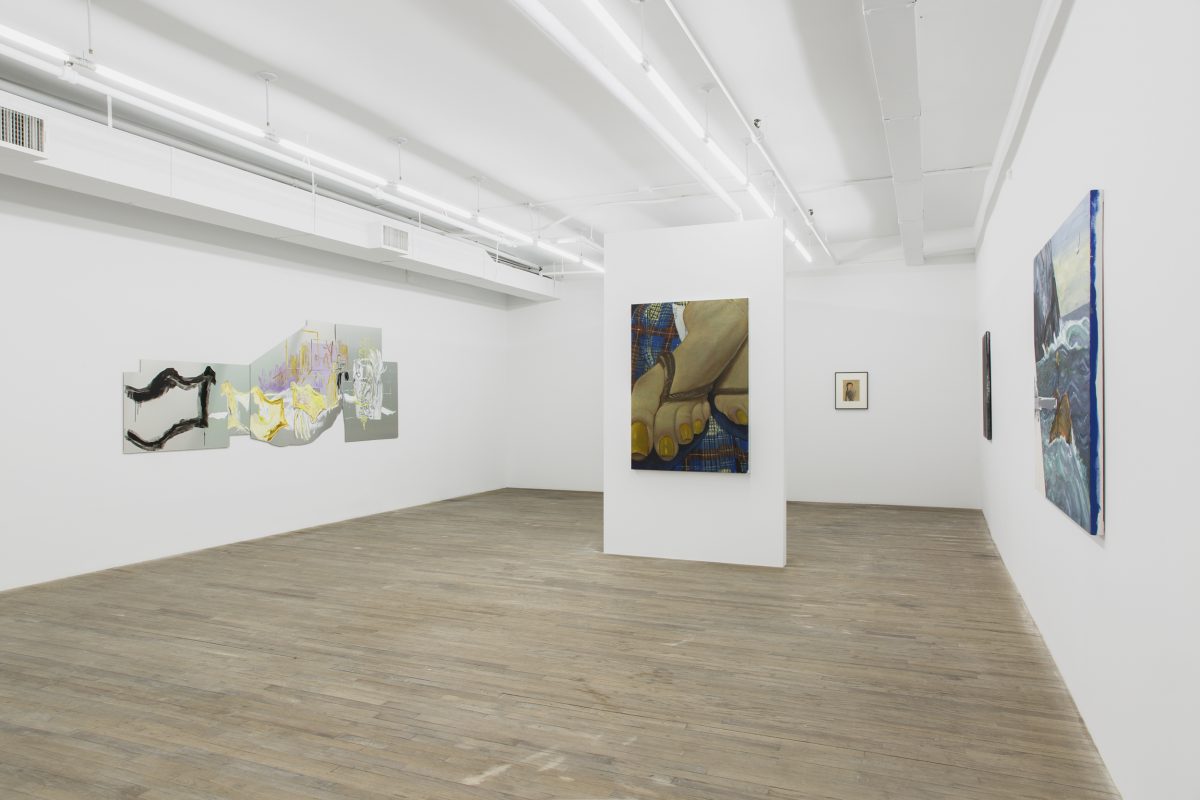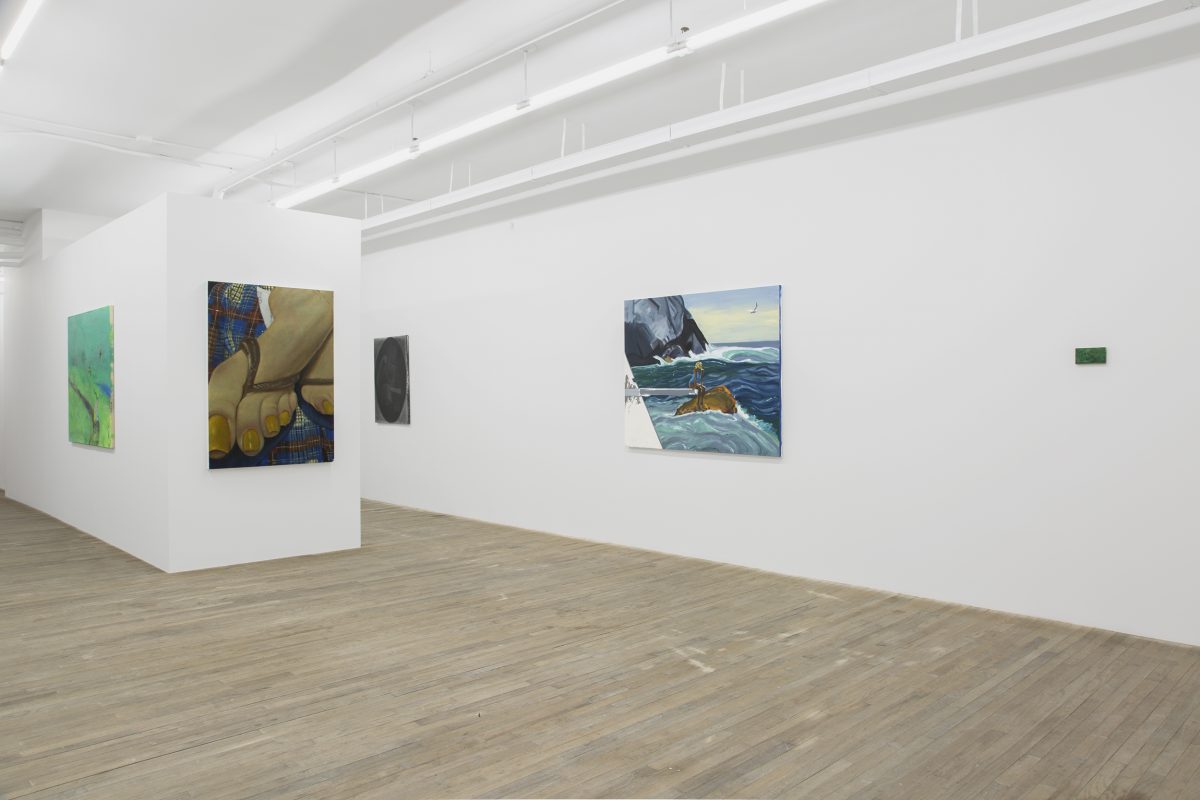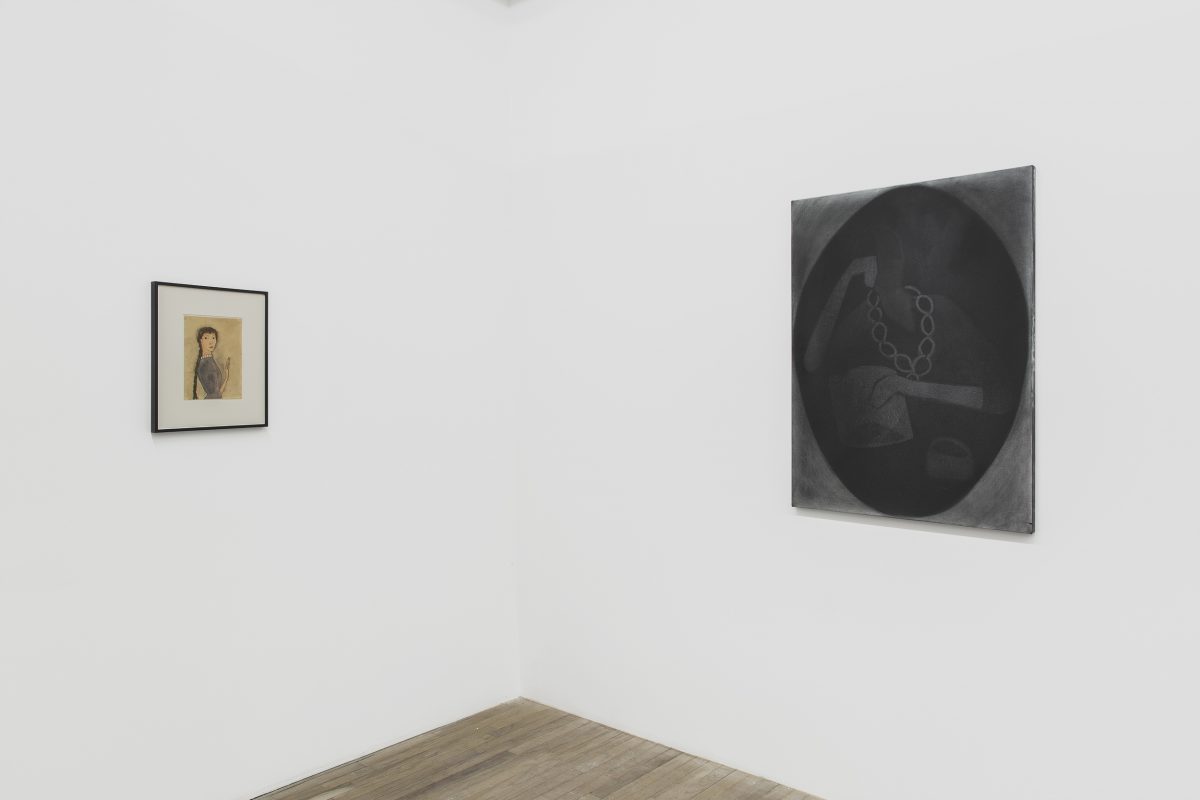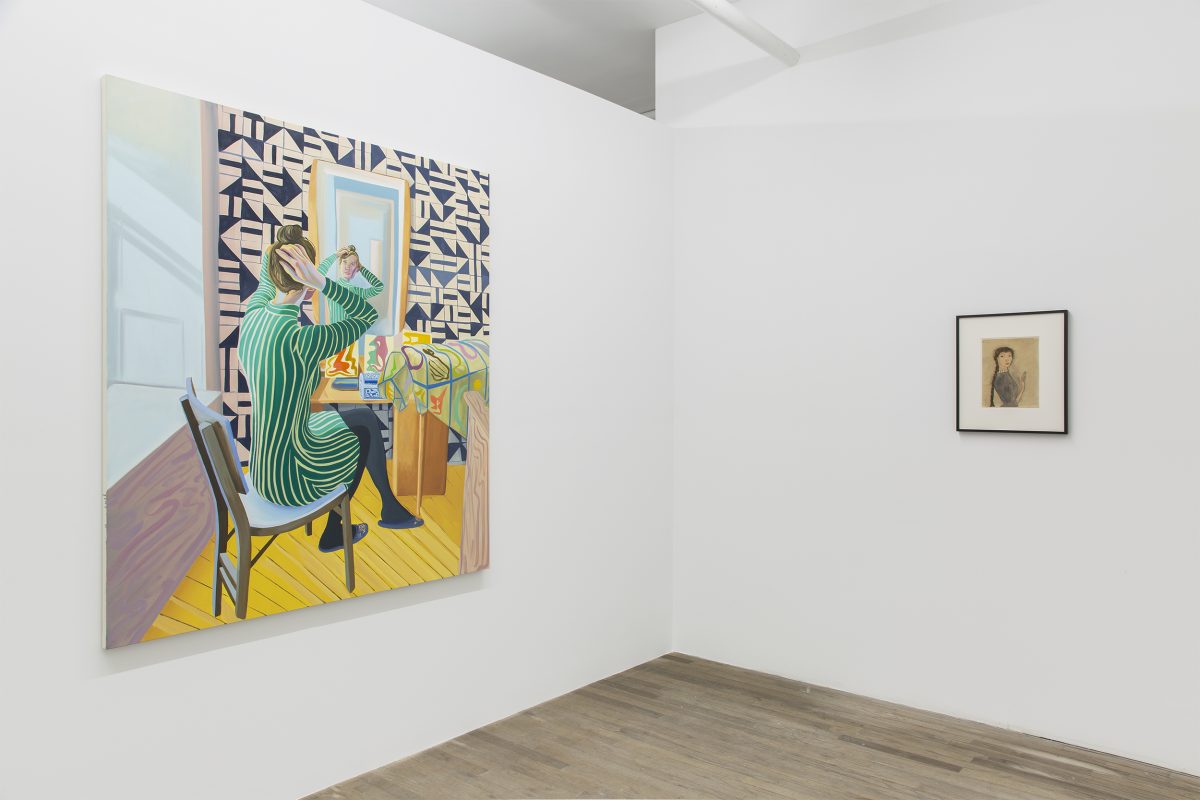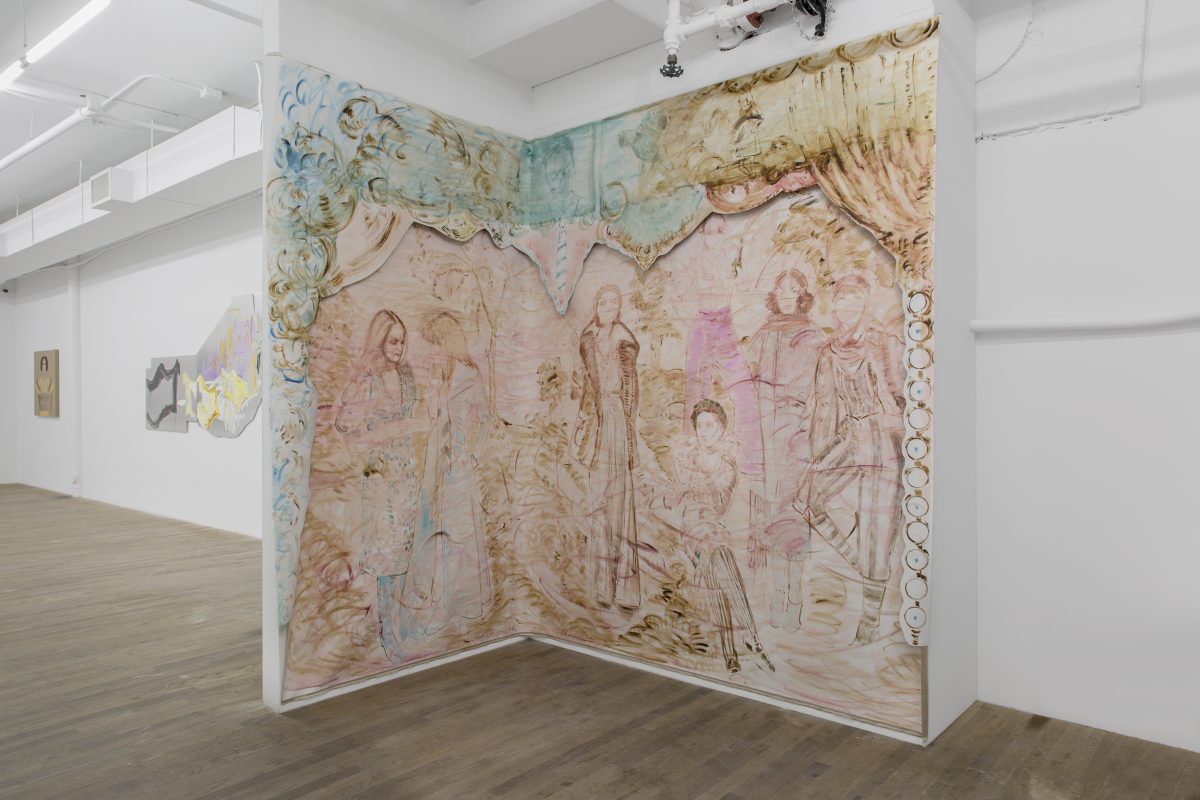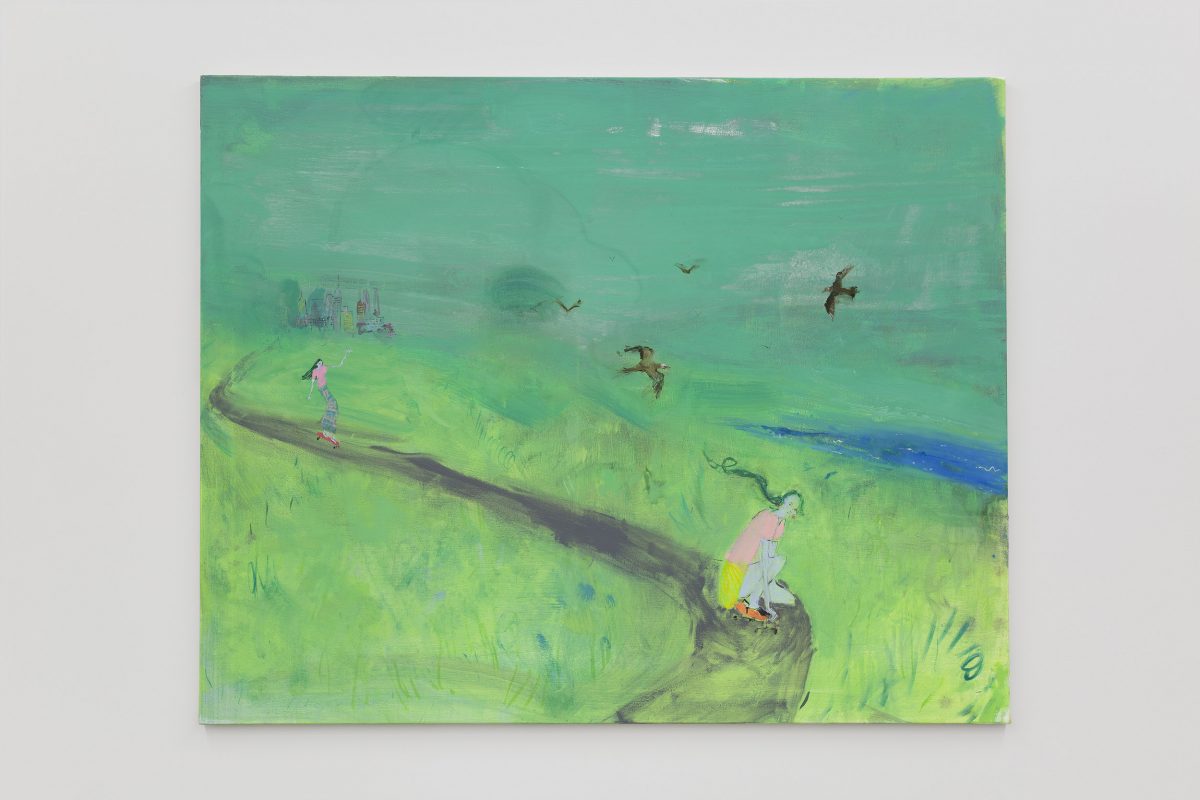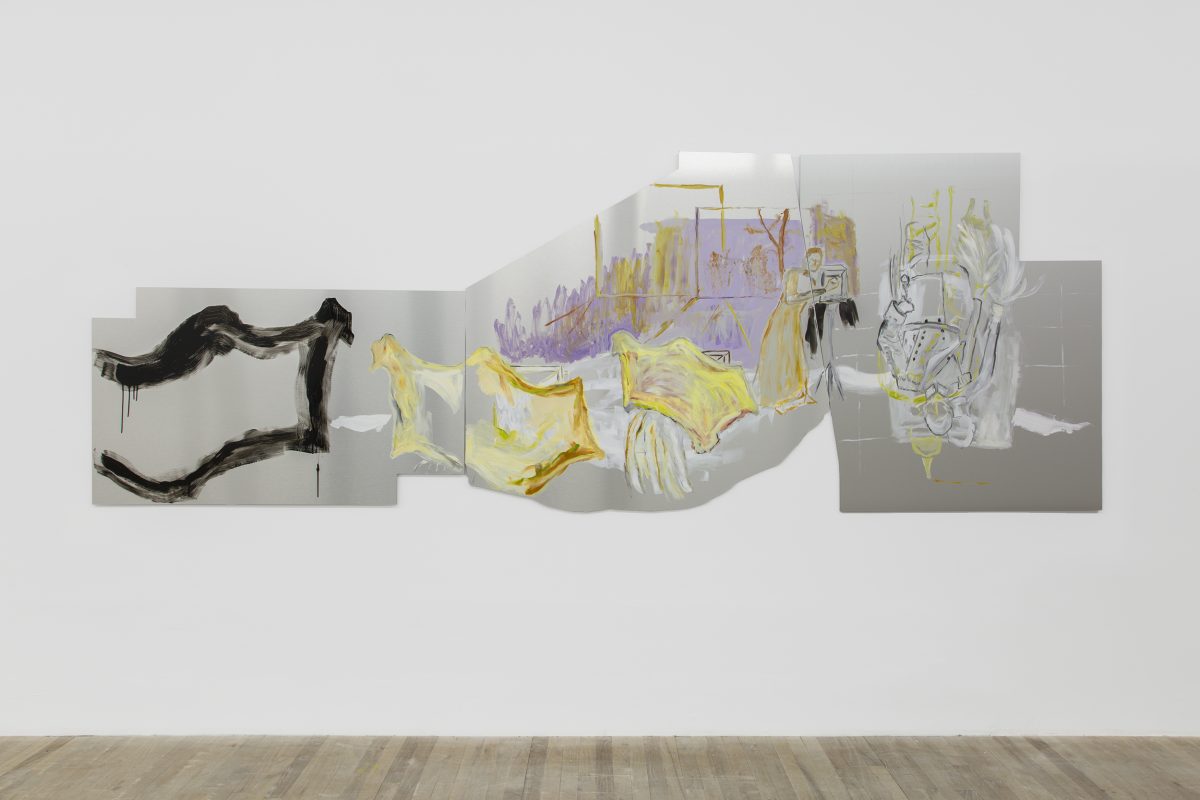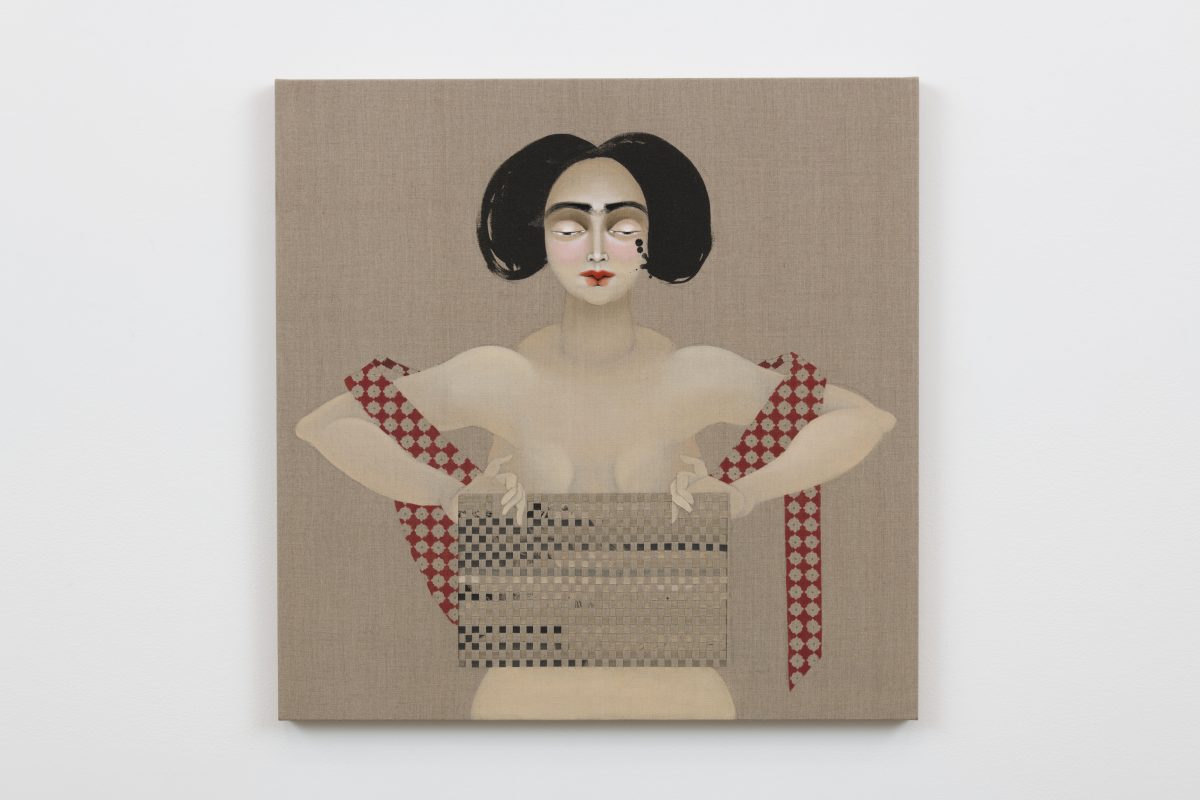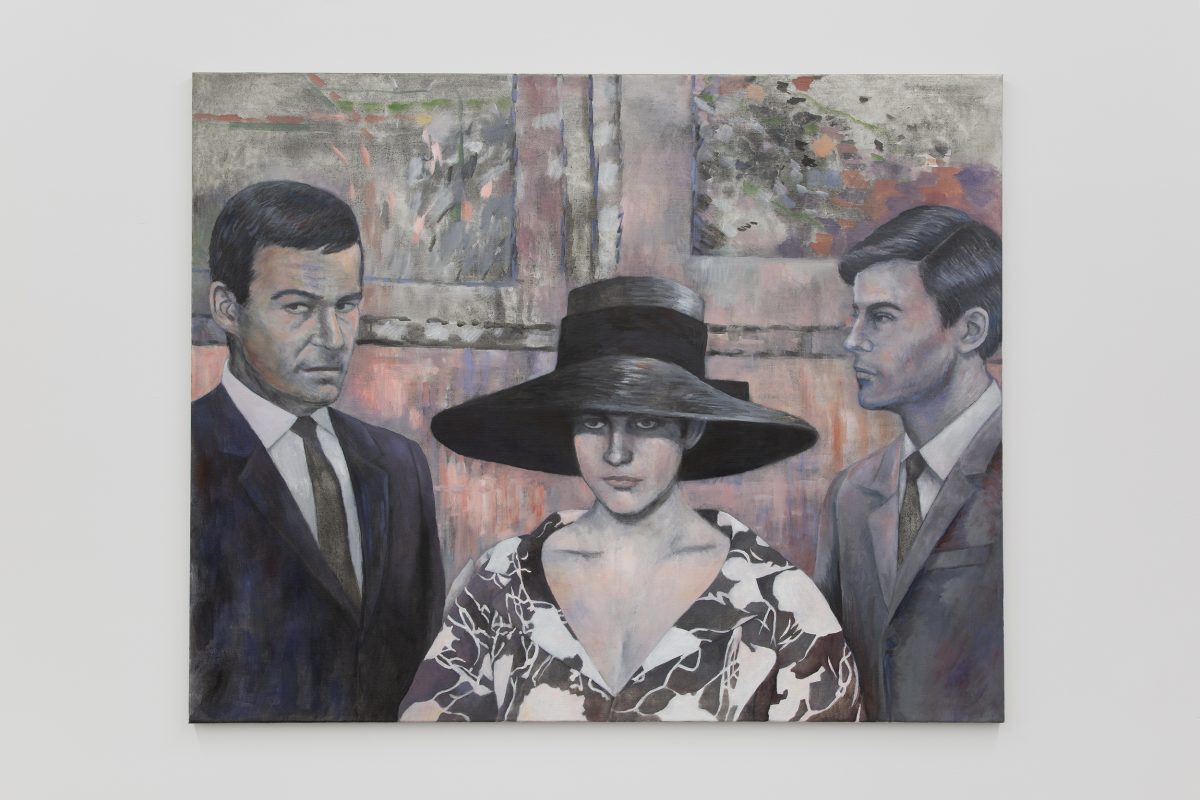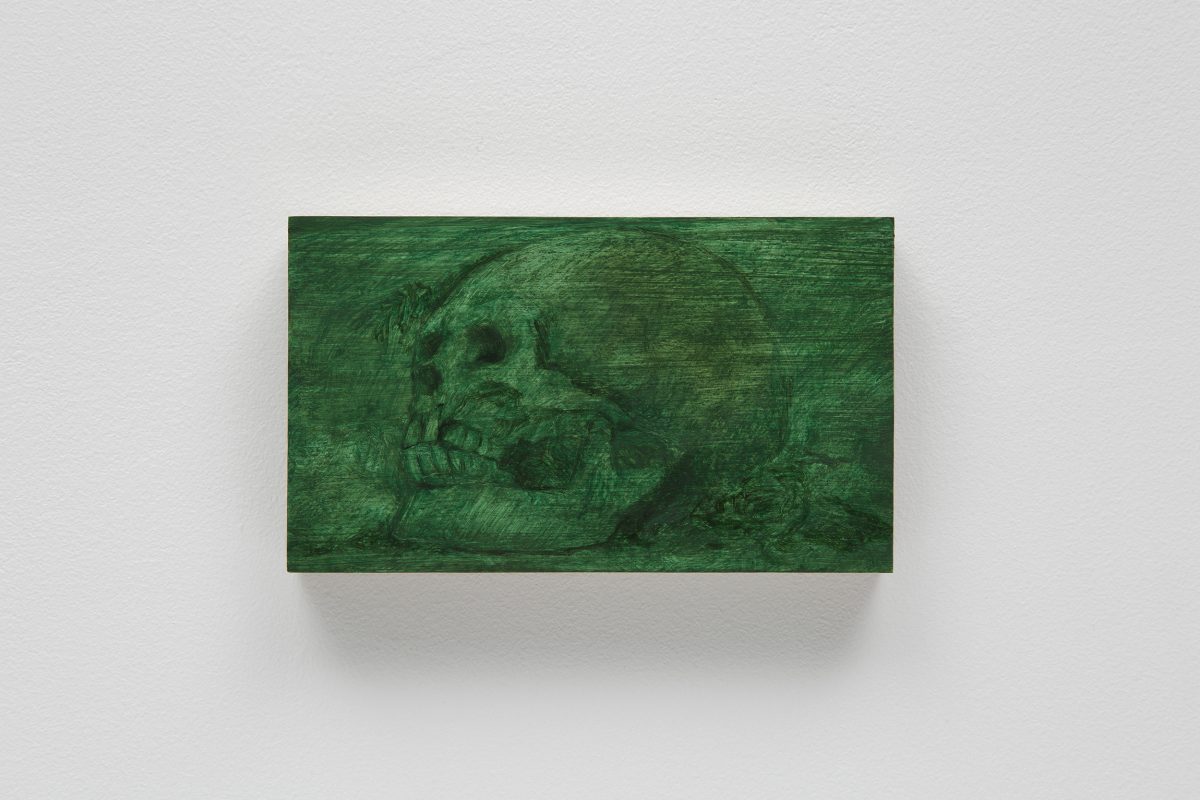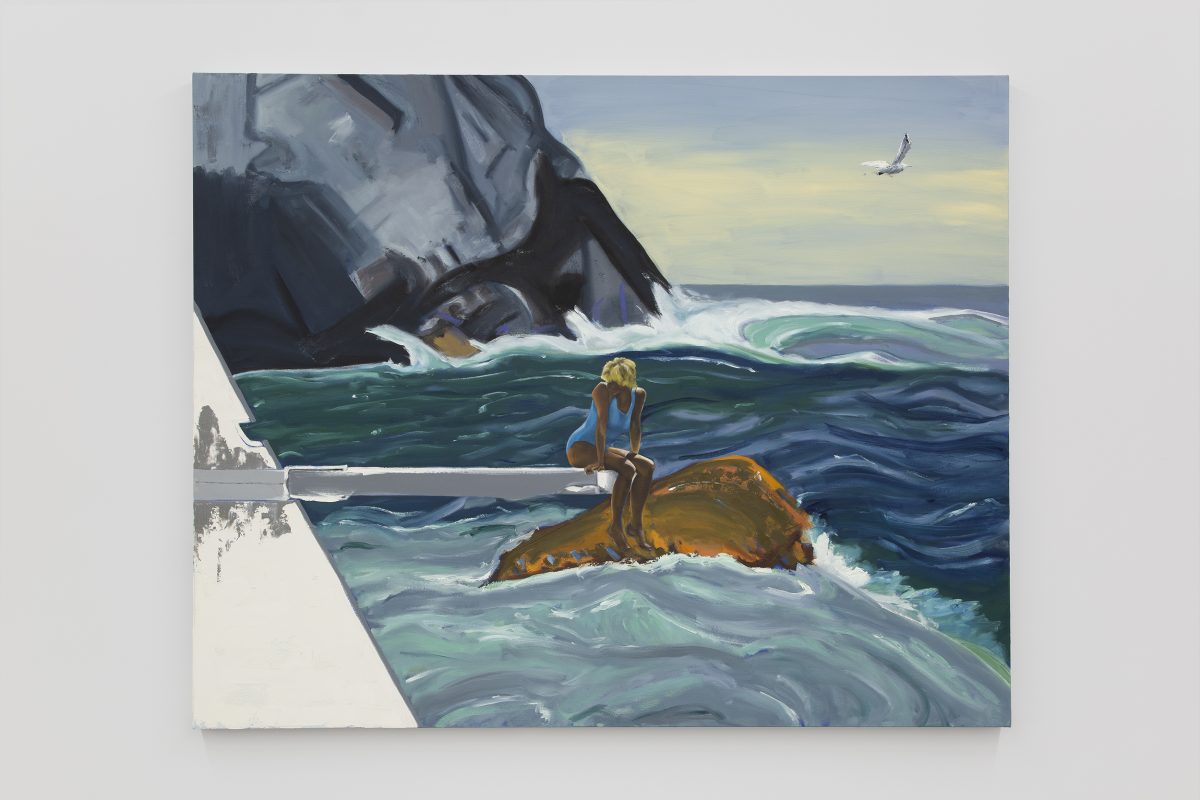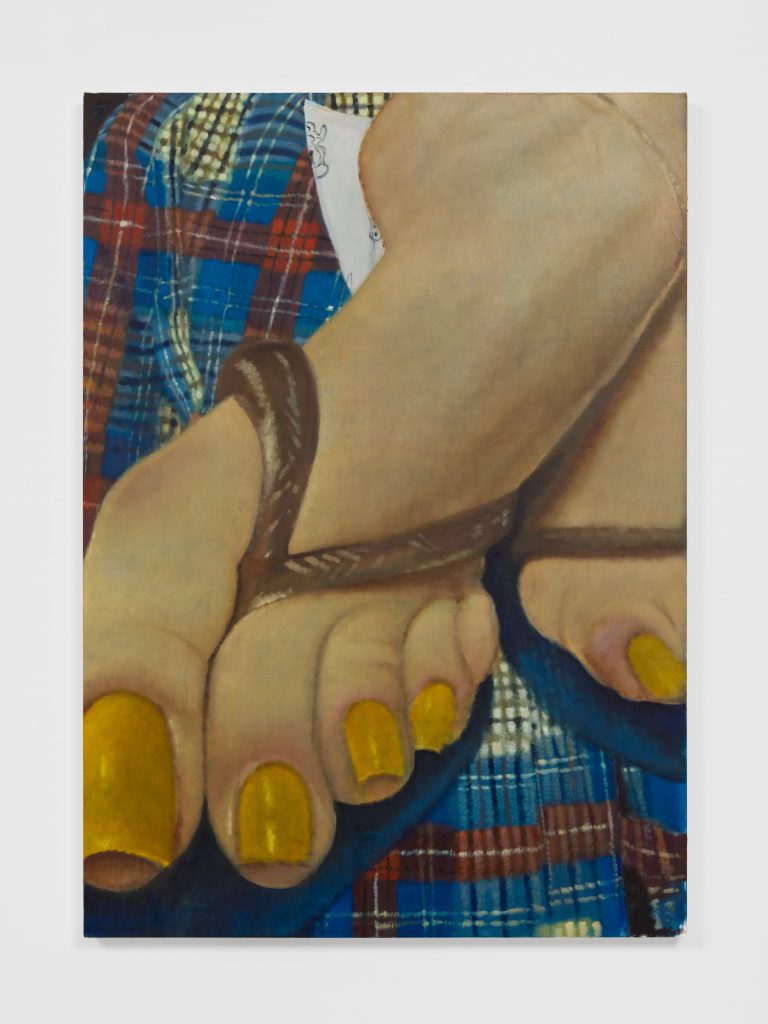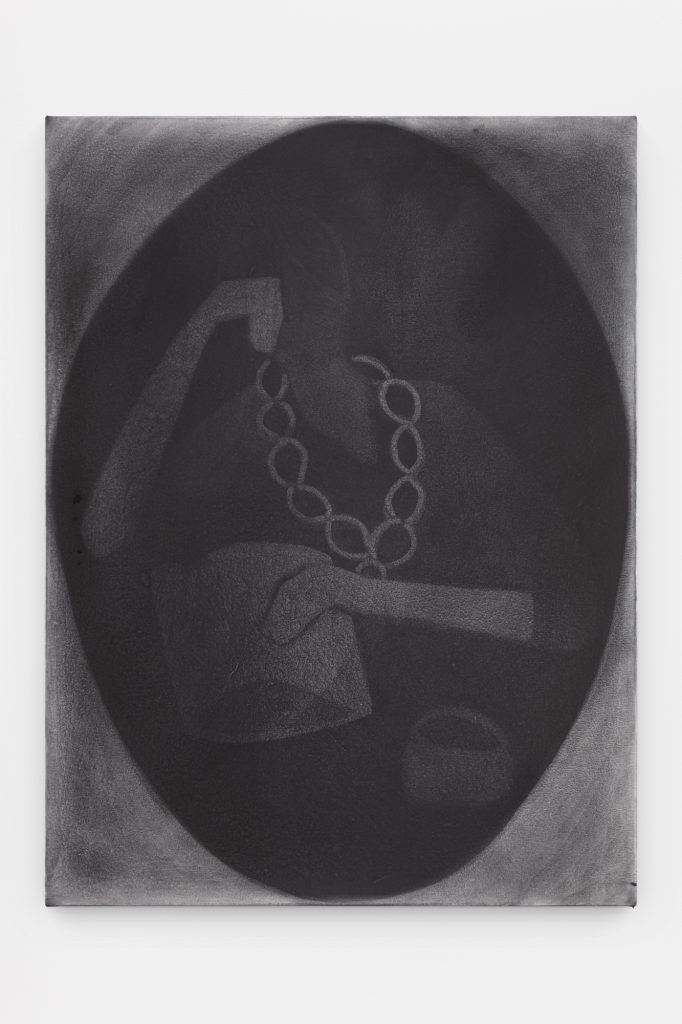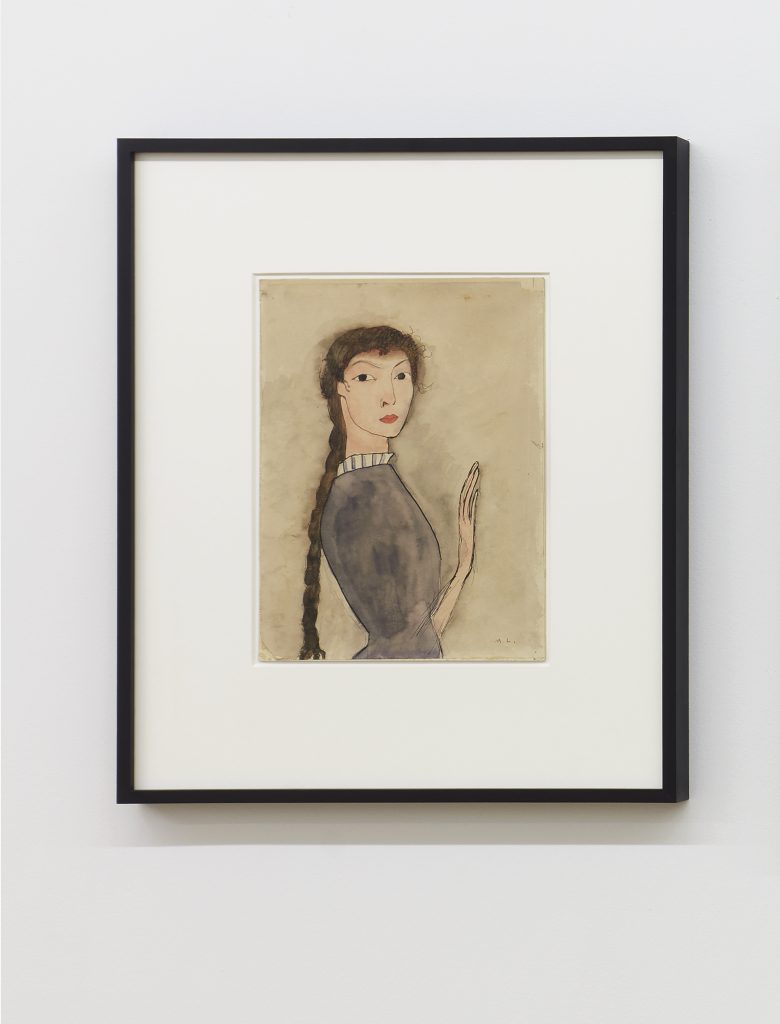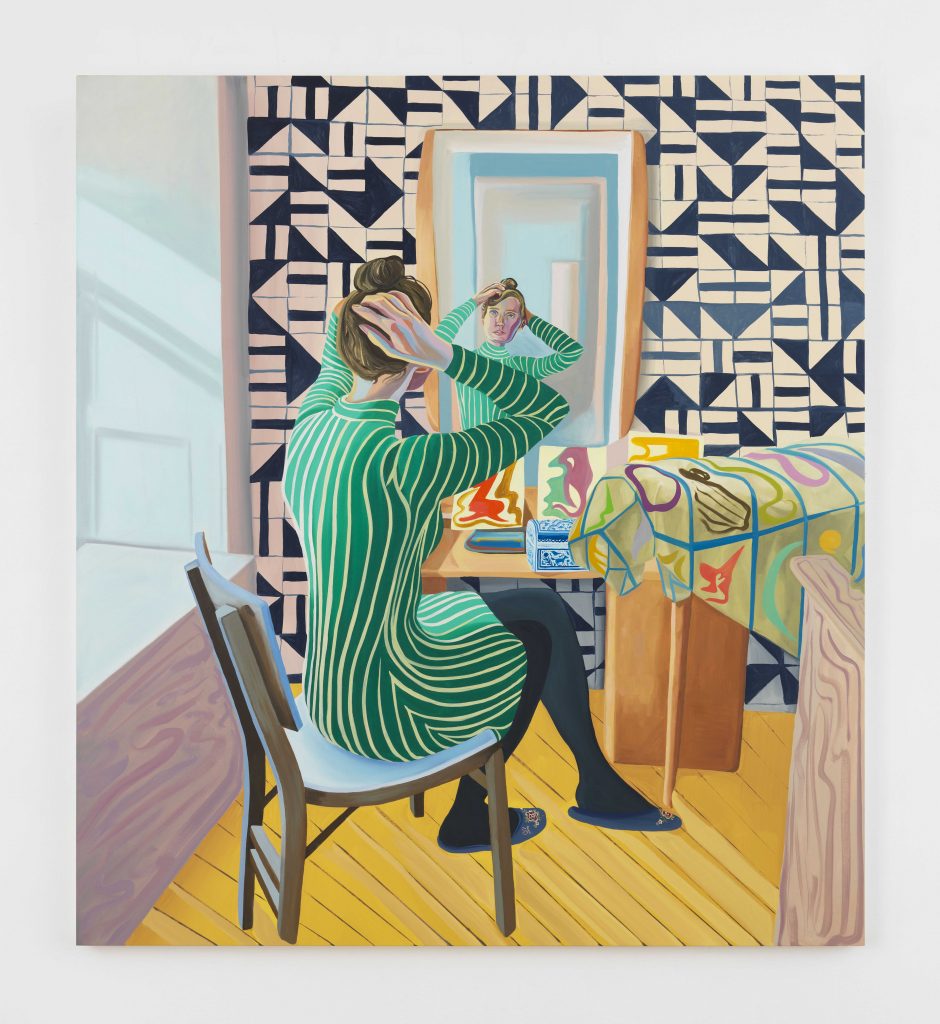kaufmann repetto è lieta di presentare an ego of her own, una mostra collettiva curata da Amanda Schmitt, sviluppata nei due spazi di Milano e New York, che include opere di Emma Amos, Mamma Andersson, Maximiliane Baumgartner, Ann Craven, Aria Dean, Elisa Filomena, Anthea Hamilton, Brook Hsu, Hayv Kahraman, Jordan Kasey, Marie Laurencin, Alissa McKendrick, Birgit Megerle, Jeanette Mundt, Aliza Nisenbaum, Paulina Olowska, Silke Otto-Knapp, Marcia Schvartz, Katja Seib e Issy Wood. an ego of her own è la prosecuzione di una serie di mostre collettive incentrate su tematiche come la ricerca al femminile e le questioni legate al genere, temi che sono stati fondamentali per la galleria fin dai suoi inizi nel 2000.
“La femme est le contraire du Dandy. Donc elle doit faire horreur. La femme a faim, et elle veut manger; soif, et elle veut boire. Elle est en rut, et elle veut être foutue… Le beau merite! La femme est naturelle, c’est-a- dire abominable”.*
La mostra intende rivendicare alle donne la figura del Dandy. Il titolo siriferisce a una recente traduzione di un testo scritto dal teorico vienneseOswald Wiener nel 1982, Eine Art Einzige**, ripubblicato sulla rivista October**** nel 2019. Sebbene il titolo originale significhi letteralmente “unica nel suo genere” o meglio, “una sorta di essere unico”, la traduzione viene risolta con “An Ego of Her Own”, attribuendo il genere femminile ad una preposizione neutra. Nonostante l’obiettivo non sia di analizzare le ragioni del traduttore nell’inserire la parola “ego”, né l’intento di Wiener di discutere la figura del dandy in relazione al genere, la ripubblicazione di questo saggio in inglese ha piuttosto suscitato l’idea dell’esistenza di una figura femminile di dandy, una sorta di antitesi alla convenzionale figura (maschile) a noi universalmente nota. La traduzione è coincisa con lo svilupparsi di una determinata sensibilità estetica, un approccio romantico, sincero e di stampo femminile, sempre più tangibile in pittura e in altri media nel corso dell’ultimo decennio, un cambio di rotta rispetto all’approccio algido, meccanico e dandista diffuso in Europa e negli Stati Uniti alla fine del millennio.
La filosofia del dandismo è eurocentrica: Charles Baudelaire è forse la figura di maggior rilievo ad avere scritto in modo frequente e prolifico sulla fenomenologia del dandy, una figura (perlopiù) maschile che ha dominato certimilieu sociali tra il diciottesimo e diciannovesimo secolo, specialmente in città cosmopolite come Londra o Parigi. Tra le diverse caratteristiche, in termini di classe, comportamento, estetica e stile di vita, Baudelaireaffermava che un dandy dovesse “vivere e dormire di fronte ad uno specchio”. Da qui si evidenzia la necessità di strumenti cibernetici per svilupparsi: il dandy ha bisogno di ricevere feedback costanti, poiché la sua soggettività è dettata dall’osservazione dell’altro e da come si riflette su di esso. Ed è qui che Wiener elabora il concetto di dandy come un organismo cibernetico; se non apprezza ciò che lo circonda o non si addice alla percezione di se stesso, allora fugge da una situazione manipolandone la propria percezione. Il dandy è in stretta correlazione con il proprio ego, dal quale deriva la sua percezione della realtà.
Nella prefazione al testo di Wiener, il traduttore Jakob Schillinger**** sostiene che “nell’osservare come l’altro osserva, il dandy rende l’osservazione riflessiva”. In altre parole, l’atto di acquisire informazioni sull’altro definisce l’osservatore stesso. Questo ciclo cibernetico è alla base del comportamento del dandy.
Il punto non è comunque di definire il dandy come fenomeno maschile del diciottesimo e diciannovesimo secolo, ma di tentare di dare una nuova definizione alla figura della Dandy, e lo spazio che occupa nel ventunesimo secolo (e, in questa mostra, le raffigurazioni di questa figura femminile sono eseguite da artiste donne). La Dandy assume la strategia del dandy che a sua volta coopta la strategia femminile dell’essere osservato, visto. Questo doppio capovolgimento è, essenzialmente, una strategia parassita di liberazione. E’ un doppio specchio. Il dandy definisce se stesso in base al riflesso in coloro che lo circondano, di contro la Dandy si auto definisce non soltanto attraverso lo sguardo degli altri, ma anche del proprio. Aveva ragione Baudelaire nel dire che “la donna è l’opposto del dandy” (fosse solo questo), ma per le ragioni sbagliate.
Le donne raffigurate nei lavori in mostra compongono insieme la figura della Dandy: una donna del ventunesimo secolo che, a differenza della figura “tradizionale” del dandy (che è l’immagine di chi l’osserva), si forma nellapropria individualità, indifferente ai feedback cibernetici dati dallo sguardo altrui sia esso maschile, mediatico o sociale.
* Baudelaire, Charles (1821-1867): Mon coeur mis à nu: journal intime, 1887.
** Oswald Wiener: Eine Art Einzige (1982). In: Verena von der Heyden-Rynsch (Hg.): Riten der Selbstauflösung. München: Matthes & Seitz 1982: pp. 35–78.
*** October, Fall 2019, issue 170, Oswald Wiener, An Ego of Her Own: pp. 69–94.
**** October, Fall 2019, issue 170, Jakob Schillinger: Oswald Wiener on Dandyism: pp. 31–50.



